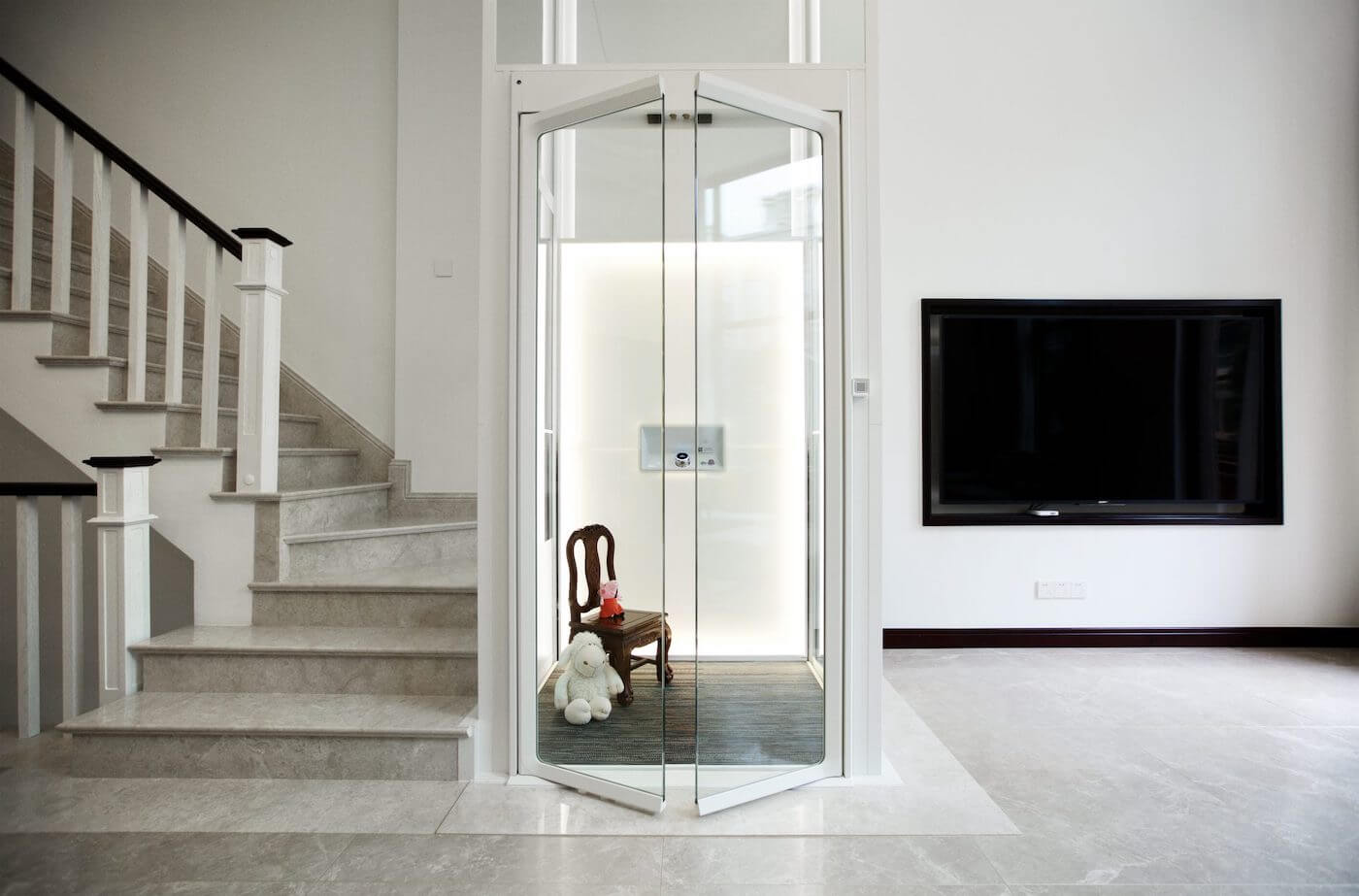Compare Disabled Platform Lifts Prices UK: Affordable Options for Every Need
Compare Disabled Platform Lifts Prices UK: Affordable Options for Every Need
Blog Article
Exploring the World of Elevators: Typical Concerns Dealt With by Different Lift Devices
As we navigate with the vertical transportation systems of contemporary buildings, elevators attract attention as an indispensable element of our everyday lives. Nonetheless, behind their seamless operation exists a globe of complex systems that can sometimes come across difficulties. From hydraulic elevators to grip systems and machine-room-less styles, each lift kind features its set of usual problems. Understanding these difficulties is vital for ensuring the smooth performance of these crucial systems. Allow's explore the intricacies that underlie the operation of lifts and the prospective issues that can emerge, shedding light on the complex web of lift mechanisms.
Hydraulic Elevators
Hydraulic elevators, frequently preferred for low-rise structures, use fluid stress to manage the motion of the elevator vehicle (lift repair companies). This system includes a hydraulic pump pushing oil into a cyndrical tube, causing the elevator to relocate the desired direction. While hydraulic lifts are understood for their quiet and smooth operation, they do feature their very own set of usual issues
One prevalent problem with hydraulic elevators is oil leakage. Furthermore, issues with the control system, such as faulty shutoffs or a malfunctioning pump, can create disturbances in the elevator's activity.
Normal maintenance and timely fixings are necessary to make certain the smooth performance of hydraulic lifts. By attending to these common concerns proactively, building owners can reduce downtime and ensure the safety and security and performance of their upright transport system.
Grip Lifts
When considering upright transportation systems in buildings, one more common kind apart from hydraulic elevators is the grip lift. Traction lifts operate utilizing a system of ropes and weights that move the elevator car by clutching onto the hoist ropes. This system allows for smoother and faster upright transport compared to hydraulic systems.
One of the typical issues encountered by grip lifts is rope wear. The continuous movement of the ropes within the traction system can lead to tear and use in time, potentially creating the lift to breakdown or end up being dangerous for use. Regular inspections and upkeep of the ropes are important to guarantee the elevator's correct functioning and safety and security.
An additional problem that grip elevators may come across is associated with the control system. Problems with the control system can bring about concerns such as unpredictable activity, delays in reaction times, and even total shutdowns. Normal screening and upkeep of the control system are critical to avoid such issues and ensure the lift's integrity.
Machine-Room-Less (MRL) Elevators

Among the essential elements of MRL elevators is the compact gearless traction machine that is mounted within the hoistway. This machine successfully drives the elevator cars and truck without the demand for cumbersome equipment discovered in conventional grip lifts. In addition, MRL lifts commonly use a counterweight system to stabilize the automobile, more improving their energy efficiency.
Regardless of their benefits, MRL elevators may deal with obstacles associated with maintenance and repair work due to the constrained room for devices installation. Accessibility for servicing components within the shaft can be restricted, needing specialized training for specialists. Proper maintenance schedules and regular inspections are important to guarantee the continued smooth operation of MRL elevators.
Overloading and Weight Limit Issues
Are elevators outfitted to deal with excess weight lots efficiently and safely? Overloading and weight limit issues are vital problems in elevator procedures. Lift manufacturers layout raises with specific weight capacities to make sure guest safety and security and equipment longevity. Surpassing these weight limitations can lead to different issues, consisting of mechanical failings, hold-ups, and safety and security dangers.
When elevators are strained, it places excessive stress on the electric motor, cords, and various other parts, potentially triggering break downs or breakdowns. Security mechanisms such as sensors and overload sensing units are in place to stop elevators from relocating if they identify excess weight. In addition, exceeding weight restrictions can cause raised power intake and i was reading this wear and tear on the lift system.
To mitigate overloading problems, developing supervisors need to prominently present weight restrictions in lifts and enlighten passengers on the value of sticking to these restrictions - lift repair companies. Regular upkeep checks by certified specialists can additionally aid make certain that elevators are operating within risk-free weight parameters. By addressing overloading and weight limit concerns proactively, building proprietors can improve lift safety and security and efficiency
Electric System Failures
Exceeding weight restrictions in lifts can not just lead to mechanical problems special info but likewise potentially contribute to electric system failings within the lift infrastructure. Electrical system failings are a vital problem in elevator operation, as they can cause unexpected closures, breakdowns, or even safety threats.
Regular maintenance and assessments are critical to recognize and resolve possible electric concerns quickly, making sure the efficient and safe procedure of lift systems. By adhering to weight limits and conducting routine electrical system checks, building proprietors can alleviate the danger of electrical failures in elevators.
Conclusion

Hydraulic elevators, often preferred for low-rise buildings, make use of fluid pressure to control the motion of the elevator automobile.When taking into consideration vertical transportation systems in structures, an additional usual kind apart from hydraulic lifts is the grip sites lift. Traction lifts run making use of a system of ropes and weights that move the lift vehicle by clutching onto the hoist ropes. Unlike typical lifts that need a separate machine area to house the equipment, MRL elevators incorporate most of the parts within the shaft, eliminating the need for a dedicated device area.In verdict, elevators face typical concerns such as hydraulic breakdowns, grip system failings, and electric system problems.
Report this page